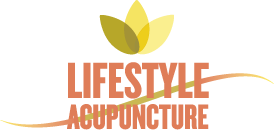
About Acupuncture
What is Acupuncture
Acupuncture is the gentle insertion of hair-thin needles at specific points along the meridian channels (pathways) of the body. This process promotes the circulation of vital energy called qi (pronounced "chi"). It is qi that circulates throughout the body and meridians to nourish the cells, organs, glands, tissues, muscles, mind and shen (spirit). If the flow of qi becomes imbalanced, pain, disease and instability can result. Acupuncture treatment rebalances the flow of qi, stimulating the body's natural ability to heal itself creating harmony, vitality and a sense of calm.
Acupuncture is one component of Traditional Chinese Medicine that originated in China over 3,000 years ago. Other aspects of TCM include Chinese herbal remedies, massage, (Tui Na), cupping, moxibustion and dietary therapy.

How Does Acupuncture Work?
There are numerous theories about how acupuncture works. Some of them are:
- Influences the release of neurotransmitters, substances that transmit nerve impulses to the brain
- Influences the autonomic nervous system
- Stimulates circulation
- Stimulates the release of pain-relieving endorphins
- Influences the electrical currents of the body
Conditions Treated By Acupuncture
- Anxiety, Stress and Depression
- Asthma and Allergies
- Muscle Pain
- Joint Pain, including Arthritis
- Sciatica
- Carpal Tunnel Syndrome
- Menopause Symptoms
- Menstrual Irregularities
- Infertility
- Insomnia
- Gastrointestinal problems
- Headache and Migraines
- Bell's Palsy
- Fibromyalgia...and many more
A Typical Treatment
What a Typical Acupuncture Treatment is Like
Before the initial appointment, clients usually complete a health history questionnaire. The acupuncturist then interviews the client about his or her primary health concern, lifestyle habits, diet, emotions, menstrual cycle, sleep, temperature, appetite, stress, and sensitivity to foods, temperature and seasons. During the interview, the acupuncturist examines the client carefully, noting his or her face color, voice, and tongue color and coating. There are also three pulse points at the wrist of each hand that the acupuncturist will assess to further determine the health of the 12 meridians.
After the interview, the acupuncturist gives a diagnosis and begins treatment.
Upon needle insertion, the client may feel a slight sting or prick. Once the needle is inserted, there should be no pain and the client should feel comfortable during the treatment. A typical treatment length is 20 to 30 minutes.
Acupuncturist Techniques
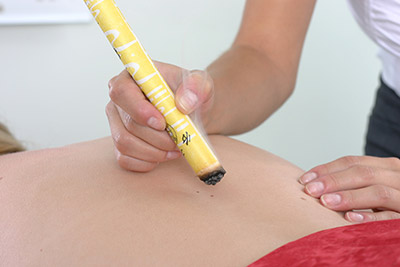
Moxibustion or Moxa is made from the dried herb mugwort and rolled into a dried cigar-shaped stick. It is used over needles or above specific points on meridians creating warmth with the intention of stimulating circulation and inducing a smoother flow of blood and qi.
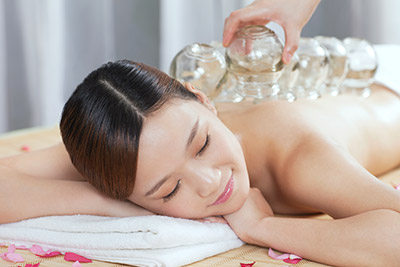
Cupping is a therapeutic method that uses small glass jars to introduce heat to the surface of the skin to create suction. The cups either remain stationary or are used with oil to create “sliding cups,” which is great for deep tissue release. Cupping is used for musculoskeletal problems, respiratory conditions, generalized aches and pains, head colds and flu and gastrointestinal disorders.
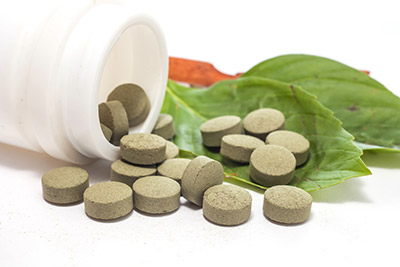
Chinese Herbal remedies are not used to treat symptoms of specific illness; rather they are tailored specifically to the individual according to the complex principles of traditional Chinese medicine.
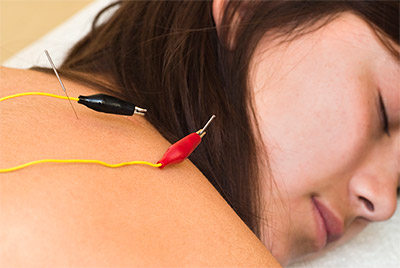
Electroacupuncture is when a device, similar to TENS unit, is connecting two needles so that an electrical impulse can pass from one needle to the other. It is especially useful for conditions where there is an accumulation of qi, such as chronic pain syndromes.
Our Practice
Jodie Curro Heinrich, L.Ac., MSOM
Jodie Curro Heinrich has been dedicated to complementary health care and patient education in the Milwaukee area for the past three decades. A nationally board-certified licensed acupuncturist since 2004, she earned her Master of Science degree in Oriental Medicine from the Midwest College of Oriental Medicine. Prior to that, Jodie was a certified massage therapist — knowledge she continues to use in her patient-focused, alternative medicine-based solutions for a wide range of medical needs.
Our Location
- 1431 E. Capitol Drive Shorewood, WI 53211
- 414.628.7653
- Jodie Curro Heinrich